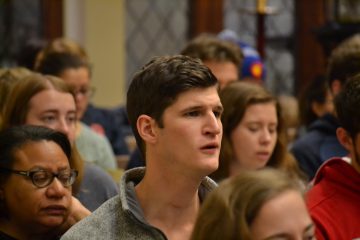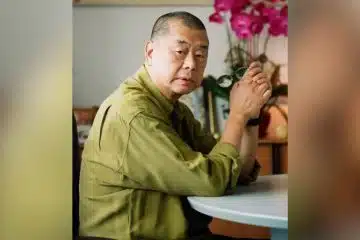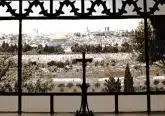Speakers commemorate industrial disaster
Thursday, May 21, 2009
By Mary Caffrey Knapke
DAYTON DEANERY — It is often referred to simply as “that night.” On Dec. 2, 1984, more than 27 tons of methyl isocyanate gas leaked from a pesticide plant in Bhopal, India. An estimated 500,000 people were exposed to toxic chemicals. Without warning, thousands of residents in the communities surrounding the plant suddenly found themselves unable to breathe or to see. Others experienced foaming at the mouth or vomiting.
Area residents had never been told what to do in the event of a gas leak. Instead of staying home, sealing doors and windows and applying water to their burning eyes, thousands of people rushed into the streets in panic. Most estimates place the immediate death toll between 8,000 and 10,000 people. Tens of thousands have since died from gas-related diseases, and hundreds of thousands have permanent medical problems.
 |
| Rachna Dhingra, center, a member of the International Campaign for Justice in Bhopal, interprets for Saafreen Khan, left, and Sarita Malviya during their recent presentation at the University of Dayton. (CT/Mary Caffrey Knapke) |
Last month, three Bhopal residents visited Our Lady of the Immaculate Conception Parish and the University of Dayton to share their stories. Sarita Malviya and Saafreen Khan are 16-year-old students who live in communities where the water supply has been contaminated by toxic waste from the plant. Rachna Dhingra is a member of the International Campaign for Justice in Bhopal (ICJB), the organization that sponsored the visit. Dayton was the fifth stop on a 22-city, six-week tour that commemorates the 25th anniversary of the disaster.
“We are not just here talking about our stories,” Malviya said through Dhingra, who translated during an interview. “But we are here as representation of so many children in Bhopal who could not come to tell their stories.”
Although both girls were born nearly a decade after “that night,” they and their families continue to experience the long-term effects of the disaster. When Malviya and her family moved into the area several years ago, they were unaware that the water was contaminated. Now, Malviya’s parents experience stomach and eye problems and are unable to work. Malviya herself suffers from eye, respiratory and skin problems.
Khan’s parents and eldest brother lived close to the factory at the time of the disaster and were all exposed to the gas. Her father has heart problems, and her brother is not able to do any manual labor.
Originally from Delhi, Dhingra was 6 years old at the time of the disaster. She said Bhopal was something “every person in India heard about on the news. But that’s all it was. I didn’t know that it was a continuing disaster. I didn’t know that people were still suffering. I didn’t know that people were still dying.”
Dhingra earned a business degree from the University of Michigan and took a job with a consulting firm where her client was the Dow Chemical Company. Dow acquired Union Carbide, which owned the Bhopal plant, in 2001. As she learned more about the Bhopal disaster, she decided to leave Dow and join the ICJB.
Dhingra emphasized that “the people of Bhopal are asking for justice, and not for compensation” for people directly exposed to the gas. The ICJB acknowledges that Dow did not own the plant at the time of the disaster but argues that Dow acquired Union Carbide’s liabilities, as well as its assets, in the acquisition. Dhingra also counters that in the past, Dow has accepted some of Union Carbide’s asbestos liabilities. The ICJB wants Dow to clean up the factory site, provide health damages for Bhopal residents’ ongoing illnesses and conduct research and monitoring of the long-term impacts of water contamination there.
The group also wishes to bring attention to other industrial accidents, such as an explosion at a Bayer CropScience plant in West Virginia that killed two people last August. The plant, also formerly owned by Union Carbide, produces and stores methyl isocyanate, the same chemical that killed thousands in Bhopal.
“It’s about Bhopal, and it’s also about no more Bhopals. It’s really important, because even though Bhopal was huge, and remains one of the world’s worst industrial disasters — if not the worst — there are many similar things happening on a smaller scale and in slow motion,” said Ellen Shifrin, a member of the advisory board for Students for Bhopal, which is part of the ICJB.
Father Satish Joseph, associate pastor of Immaculate Conception and St. Helen parishes, organized the group’s visit to Dayton.
“We wanted to create an awareness,” he said. “Hopefully there will be some interest here in terms of support.”
Father Joseph is a native of India and was in the country on the night of the disaster. A student at the time, Father Joseph was waiting for a train in Nagpur to return to the seminary following a vacation. When the normally crowded train arrived from Bhopal, it was practically empty.
“I was actually happy that I would have a seat on the train,” Father Joseph said. “Then I heard there was a gas leak in Bhopal. But nobody knew the extent of it until later.”
Now, Father Joseph’s brother lives in Bhopal, where he works as a government employee and volunteers with the ICJB and Children Against Dow-Carbide, an organization co-founded by Malviya.
“I had been receiving a lot of information about this, and I thought if they could do something in Dayton, it would at least give us a launching pad for greater involvement,” Father Joseph said. He approached Mark Ensalaco, director of the Human Rights Program at UD, who agreed to host the presentation on campus.
For more information about the International Campaign for Justice in Bhopal, or to contribute, visit their web site at www.bhopal.net.





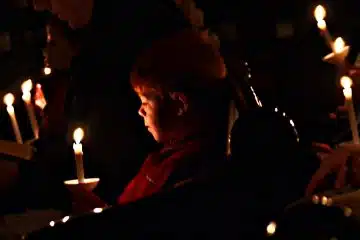
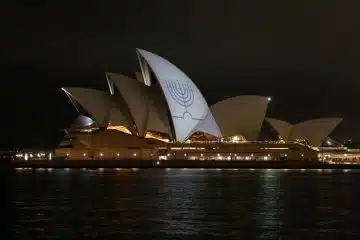
![The night is advanced, the day is at hand. Let us then throw off the works of darkness [and] put on the armor of light Romans 13:12 Rorate Mass Old St Mary (CT Photo/Greg Hartman)](https://www.thecatholictelegraph.com/wp-content/uploads/2018/12/DSC_0569a-360x240.jpg)
